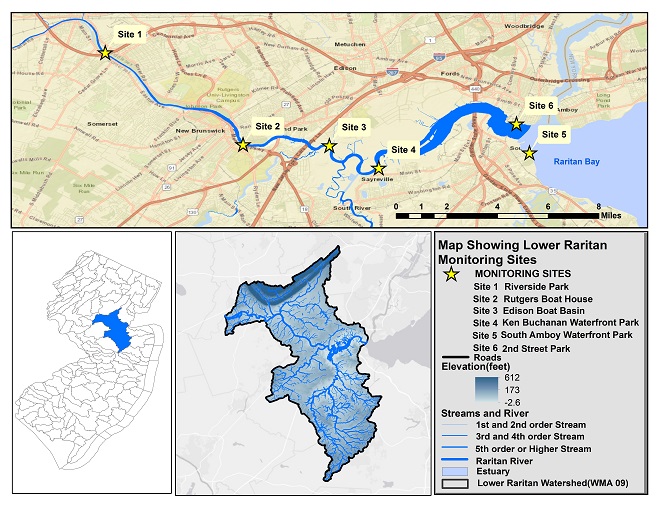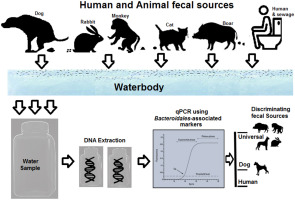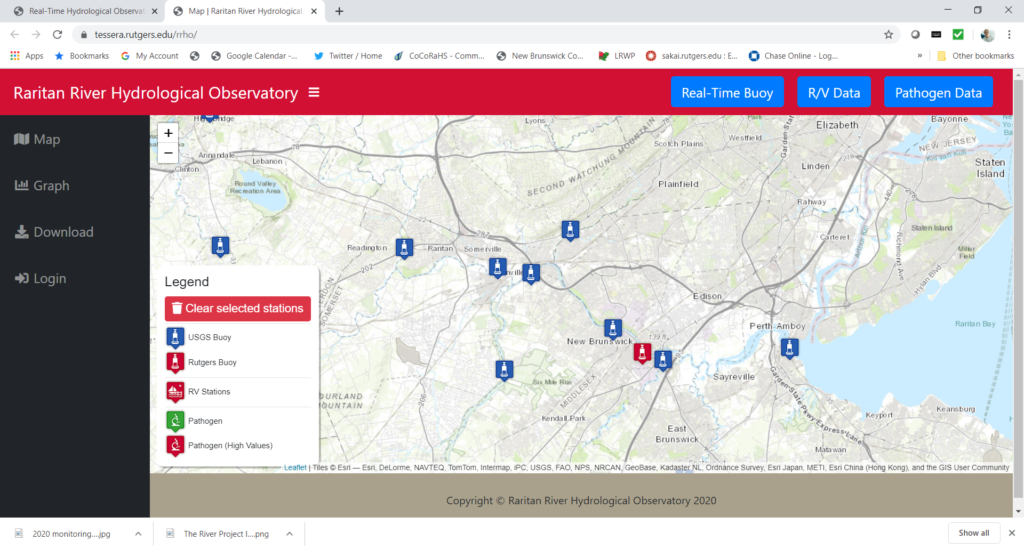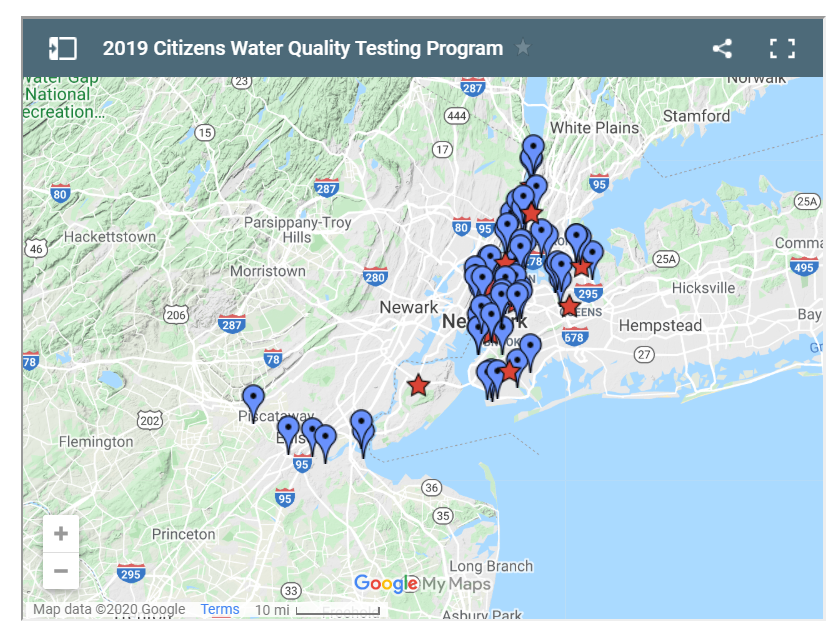Pathogens
The Lower Raritan Watershed Partnership and EARTH Center of Middlesex County monitor for Fecal Coliform and Enterococcus at six non-swimming public beach access sites along the Lower Raritan during the warmer summer months. Fecal Coliform and Enterococcus are indicators of disease-causing bacteria in our waterways. Evaluation and analysis of the presences of Fecal Coliform and Enteroccous is conducted with support from the Interstate Environmental Commission.
We monitor non-bathing beach sites with active kayak/canoe launches and/or fishing and other primary contact activities that are not regularly monitored by the New Jersey Department of Environmental Protection or the New Jersey Department of Health and Human Services and lack sufficient water quality data. Bacteria data is reported in “real-time” on Friday afternoons to allow Lower Raritan residents and others to make informed decisions about their on-water recreation activities for the weekend.
Water quality monitoring sampling will directly inform public access decision-making for six (6) diverse Lower Raritan Watershed municipalities (see site map below). These sites include:
- Riverside Park (Piscataway)
- Rutgers Boathouse at Boyd Park (New Brunswick)
- Edison Basin Boat Launch (Edison Township)
- Ken Buchanan Riverfront Park (Sayreville)
- Raritan Bay Waterfront Park (South Amboy)
- 2nd Street / Brighton Avenue Beach (Perth Amboy)
Sites were chosen to inform decision-making about access and use, to aid understanding of municipal stormwater and sewage flows, and to inform current and future landuse planning and restoration efforts. Sites include the following known activities: 1) launch sites for personal non-motorized watercraft (sites 1-5); 2) fishing (sites 2-6); 3) birding hotspots (site 5); 4) crabbing (sites 2,4,5,6); 5) proximate to Combined Sewer Overflow (site 6); 6) unofficial bathing activity (sites 2,5,6); 7) collegiate watersport competition (site 2).

Since Summer 2020 we have collected samples for genetic source trackdown analysis. Samples go to a Rutgers lab for filtering and analysis that will allow us to more definitively pinning our pathogens problems on human, beast or fowl. We are also working with the Environmental Protection Agency to capture samples for genetic source tracking.

Reporting Out and Quality Control
In addition to reporting out findings weekly on the LRWP’s website and social media feeds, data is shared with the Rutgers Raritan River Hydrological Observatory, the New York New Jersey The Citizens Water Quality Testing Program (CWQT), and to the federal Environmental Protection Agency (EPA) via STORET.


The LRWP follows EPA guidelines for monitoring, and we have an EPA-approved Quality Assurance Protocal Plan (QAPP).
The EPA recommends that a single Enterococcus sample be less than 110 Colony Forming Units (CFU)/100mL for primary contact. Enterococci levels are used as indicators of the possible presence of disease-causing bacteria in recreational waters. Such pathogens may pose health risks to people fishing and swimming in a water body. Sources of bacteria include Combined Sewer Overflows (CSOs), improperly functioning wastewater treatment plants, stormwater runoff, leaking septic systems, animal carcasses, and runoff from manure storage areas. Enterococci levels are often high after heavy or consistent rainfall.
